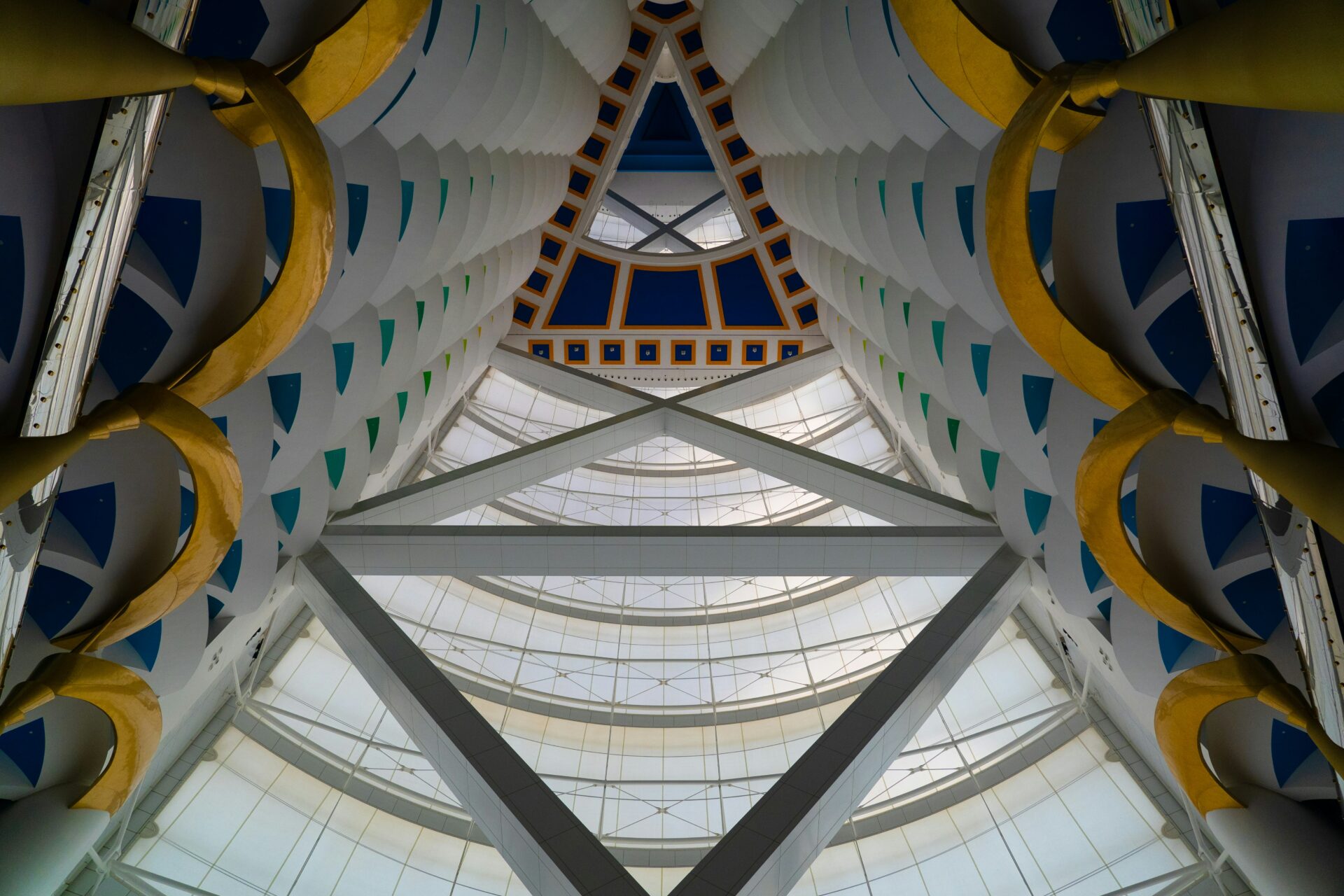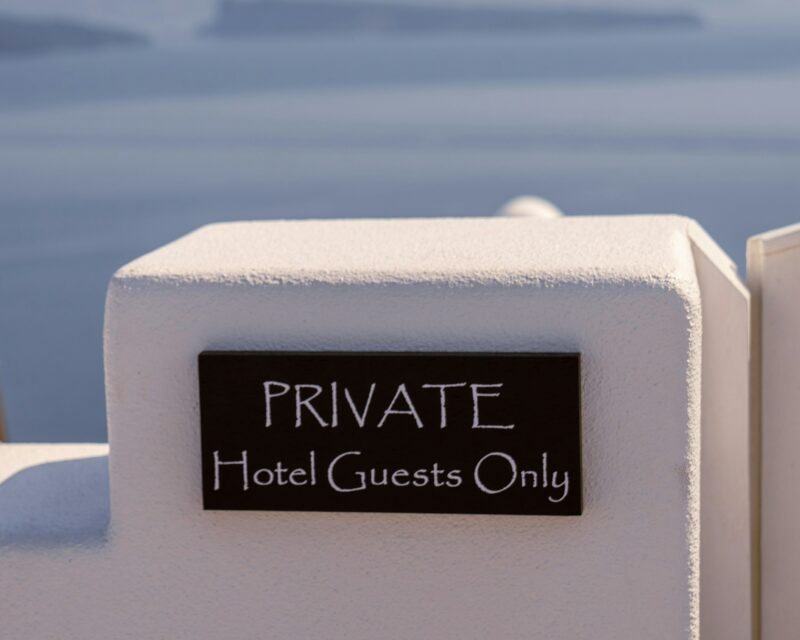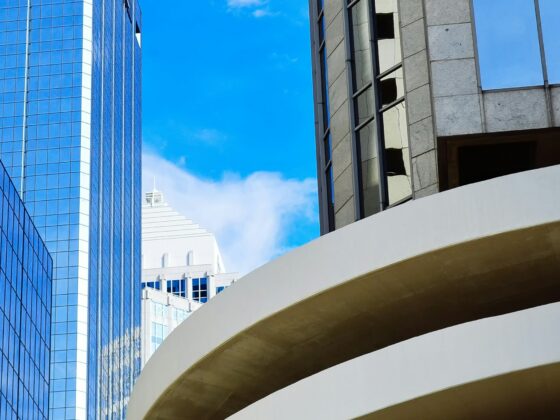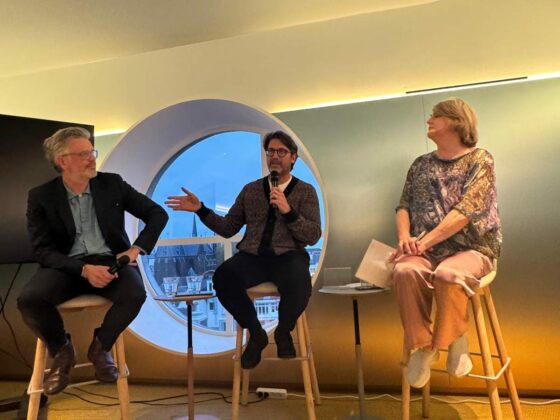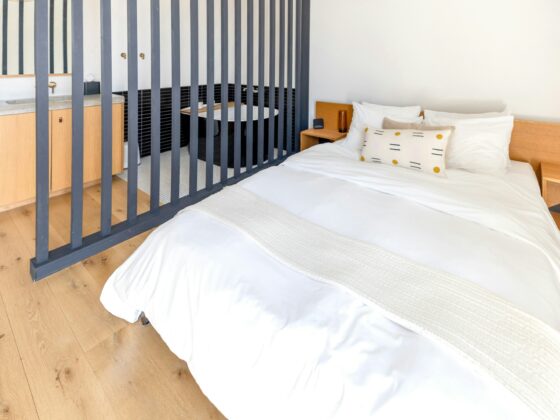An energy-intensive industry
It’s no secret that the hospitality industry is particularly energy-hungry. The average energy consumption of a collective accommodation is 234 kWh/m² according to ADEME. In France alone, there are over 22 million m² of hotels and guesthouses, which quickly drives up the energy bill.
Heating represents the largest expense in terms of energy consumption (31%), followed by hot water (17%), air conditioning (15%), and lighting (12%). Beyond this significant use of electricity, it is estimated that a guest uses nearly 300 liters of water per night at the hotel, which is double their domestic usage.
Towards a drastic reduction in energy consumption
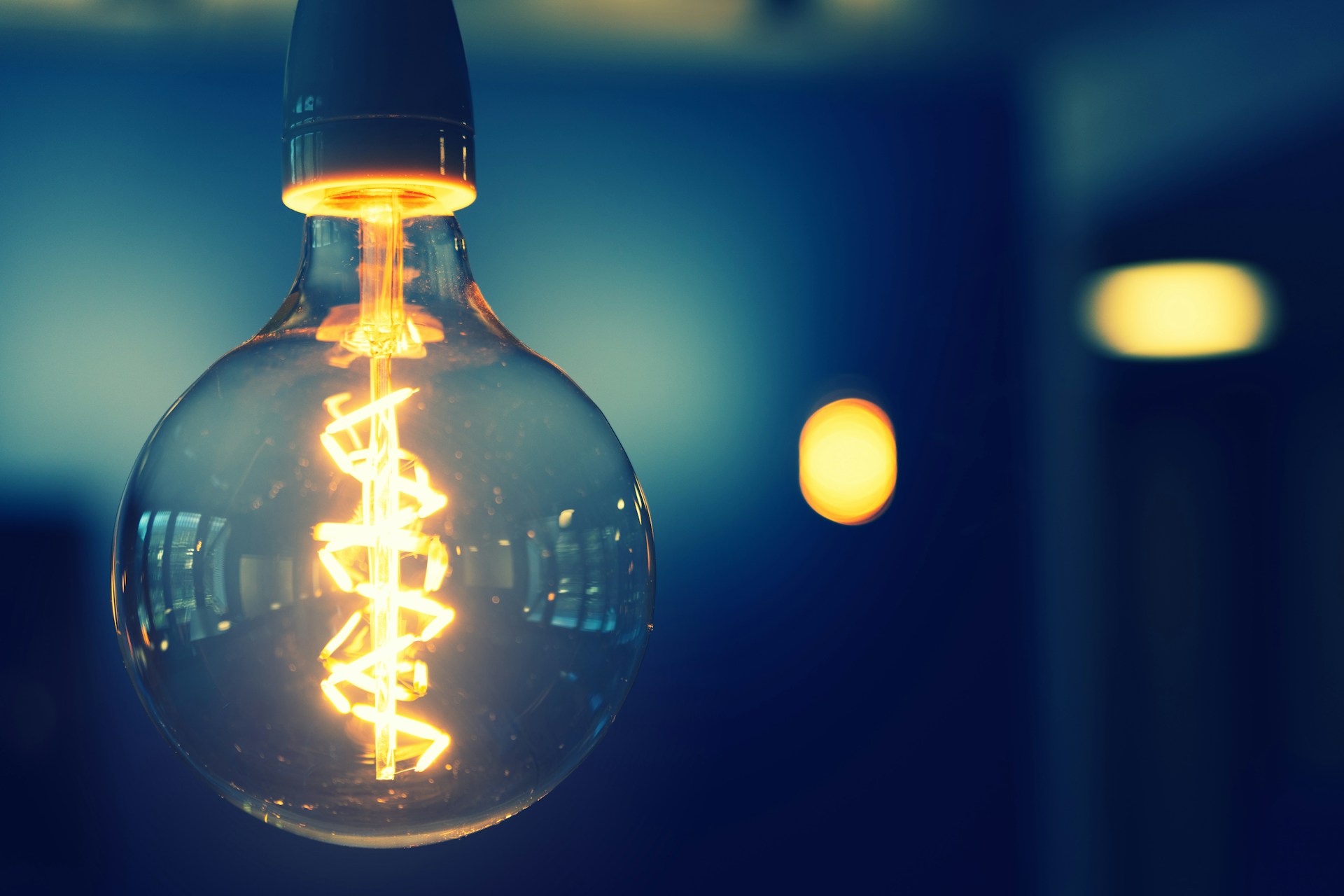
These figures help highlight the scale of the challenge facing hoteliers. This reality led to the introduction of the “tertiary decree,” a regulation aimed at reducing the energy consumption of tertiary buildings by 60%, with a first milestone of -40% by 2030.
Five years before this initial deadline, where does the sector stand in its transition? According to Eco-One, only 40% of the French hoteliers surveyed report having implemented energy efficiency measures that impact both their bills and their operations. However, 90% claim to have adopted LED lighting to reduce their electricity consumption.
According to Lilly Jeanne, Marketing Manager France at Eco-One, “Most hoteliers don’t know where to begin. Investment costs are high, and too few are aware of the available financial aids.” Still, “energy optimization is not just about major renovations but also simple daily actions that, when combined, make a real difference,” as Philippe Meunier, Sustainable Development Marketing Manager Europe at Ecolab, reminds us.
Among these simple actions, for instance, reducing the temperature by one or two degrees can lead to up to a…
